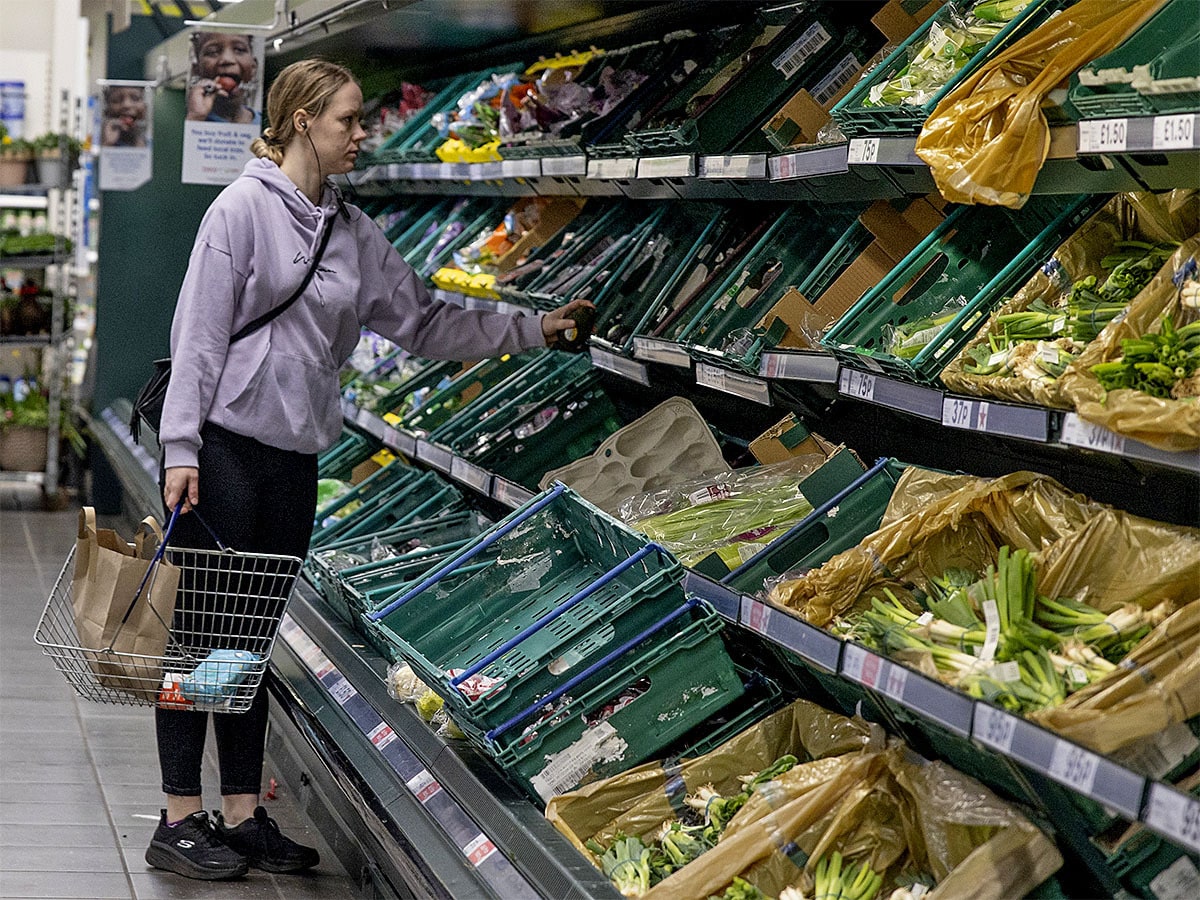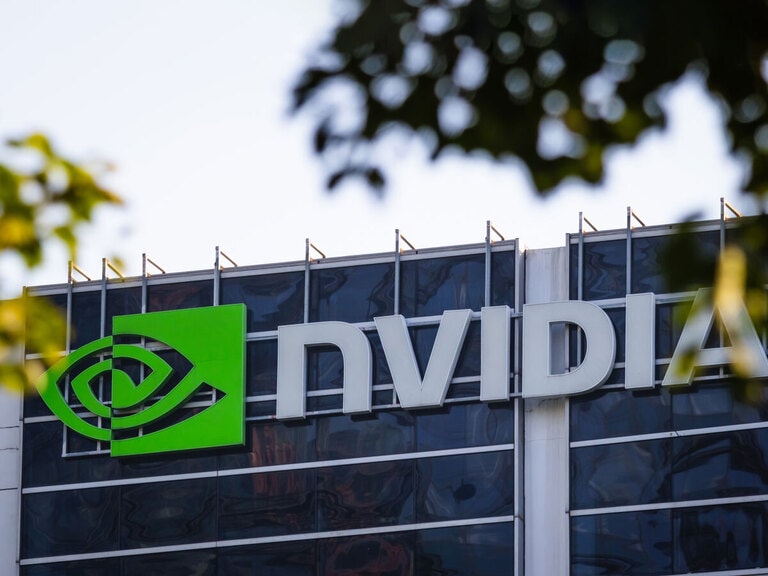The rising cost of living is squeezing disposable income and could see shoppers less reluctant to open their wallets. This could bring challenges for supermarkets such as Sainsbury's, Tesco and Marks & Spencer.
With grocery price inflation climbing to its highest level since December 2011 in March, Sainsbury’s [SBRY.L], Tesco [TSCO.L] and Marks & Spencer [MKS] are under pressure to maintain profits.
According to Kantar, food prices in the UK increased by 5.9% between March 2021 and March 2022. The market insights consultancy has forecast that the average household will likely see an extra £271 added to their shopping bill this year.
5.9%
Jump in UK food prices between March 2021 and March 2022, per Kantar
Consumers are pushing for grocery retailers to lower prices, and they’re obliging — even premium players like Waitrose. The increasing competition is seeing a rush for cheaper alternatives such as Aldi and Lidl.
Amid this challenging environment, the UK’s big three supermarkets — Sainsbury’s, Tesco and Marks & Spencer — are taking steps to ensure their prices still entice customers while remaining conscious of profits.
Tesco’s promotions have helped maintain market share
Tesco had a huge slice of the grocery market share in the 12 weeks to 17 April, according to Kantar. It accounted for 27.3% of sales. Meanwhile, its competitors Sainsbury’s, Morrisons and Ocado [OCDO.L] made up 15%, 9.5% and 1.8%, respectively.
Pre-tax profits more than tripled in the fiscal year 2021/22 to £2.033bn from £636m in 2020/21 for Tesco. The supermarket had warned that profits could come in lower than expected in the second half of fiscal 2022/23, but it’s focused on “keeping the cost of the weekly shop in check”.
Analysts at Hargreaves Lansdown pointed out in a research note that its promotions including Aldi Price Match, Low Everyday Prices and Clubcard Prices have helped Tesco to gain its huge market share. The promotions could also influence consumer decisions as shoppers look for affordable products and better value for money.
Analysts praised Sainsbury’s decision to lower prices
A similar financial performance has played out for Sainsbury’s. Underlying profits before tax for fiscal 2021/22 were up 104% year-over-year to £730m, compared with an increase of 25% in the 52 weeks to 7 March 2020.
Despite this, the supermarket has warned “the year ahead will be impacted by significant external pressures and uncertainties”. It has forecast underlying profit before tax for fiscal 2022/23 to fall year-over-year to a range of £630–690m.
According to its CEO Simon Roberts, “customers are clearly watching every penny and every pound”. In April, the supermarket announced a £50m investment to roll back prices on staples, including fresh fruit and vegetables, dairy and meat.
“We have a clear long-term focus on keeping prices low and we remain committed to helping everyone eat better, whatever the external environment may bring,” Roberts said.
The analysts at Hargreaves Lansdown praised the decision to lower prices but warned profits may suffer if volumes were to drop off. “That’s not a problem at the moment, but something we're wary of in the medium-term,” they wrote in a note.
M&S is less sensitive to inflationary impact
M&S hasn’t yet posted its full-year results for 2021/22 — the company is scheduled to make an announcement on 25 May. In the run-up to the earnings call, the upmarket retailer has been hit with a slew of downgrades over the past couple of months.
Most recently, on 25 April, Deutsche Bank analyst Adam Cochrane lowered his rating from ‘buy’ to ‘hold’. He said the squeeze on consumers would hurt retailers the most, especially those with a high exposure to lower income households. Though M&S doesn’t fall into this category, it won’t be immune from sales weakness.
The company has been cutting prices of staple foods in its affordable ‘Remarksable’ range, which launched in August 2020 at the height of the pandemic. The range is focused on “delivering trusted value for its customers”.
Hargreaves Lansdown analysts noted: “M&S food is also more protected from rising inflation. [Its] core customers aren't as sensitive to price, which is a more defensive area to be in when people don't feel like they have as much spare cash.”
How do the share prices stack up?
Looking at all three grocery stocks, the M&S share price has been the hardest hit year-to-date, falling 41.2% to 134.35p at the close on 10 May. The stock has lost half of its value since peaking at a 52-week high of 263p on 10 January. As of 11 May, it had a price-to-earnings (P/E) ratio of 92.27.
On the other hand, the Tesco share price is down just 4.4% year-to-date at 277.20p at the close on 10 May. The stock was trading around 8.8% below its 52-week high of 304.1p set on 28 January. Its P/E ratio sat at 14.37 on 11 May.
Sitting in the middle is the Sainsbury’s share price, which was down 15.5% in the same period to 233p at the close on 10 May. It recorded a 52-week high of 342p on 24 August. It had a P/E ratio of 8.03 on 11 May.
Continue reading for FREE
- Includes free newsletter updates, unsubscribe anytime. Privacy policy





